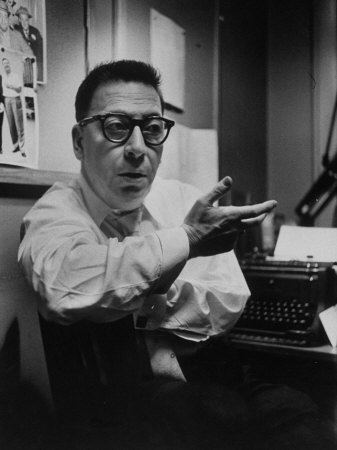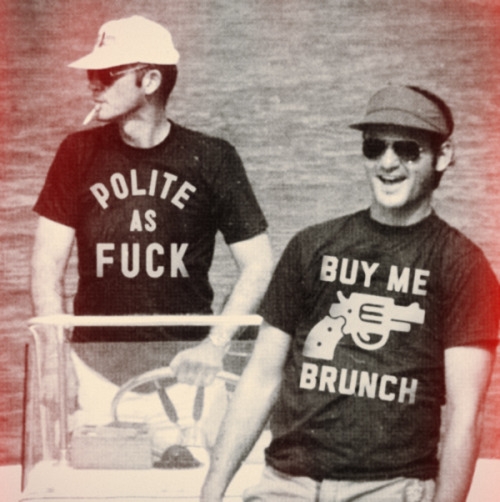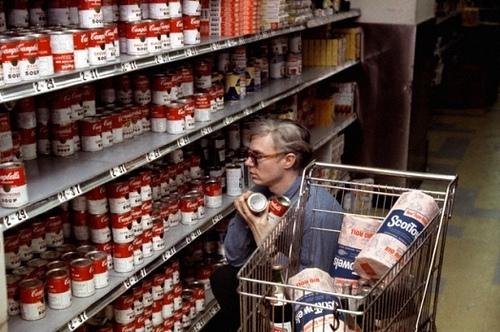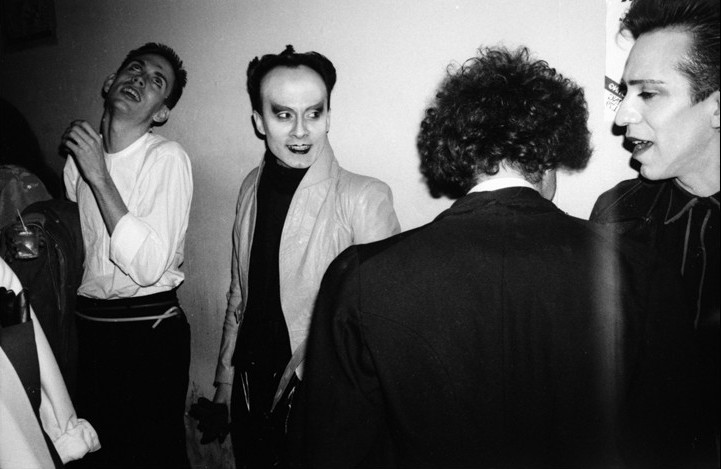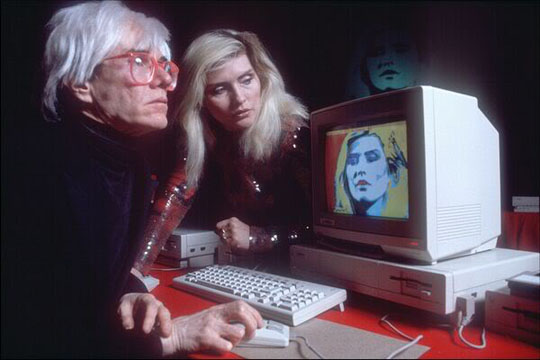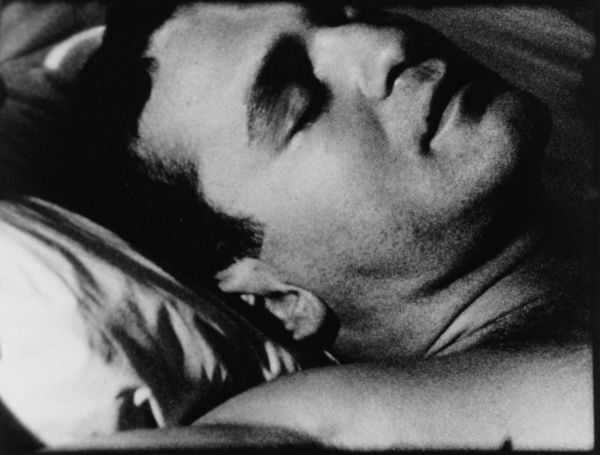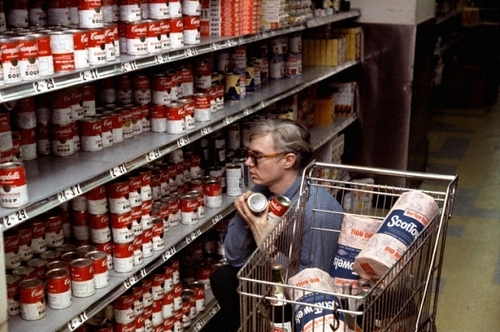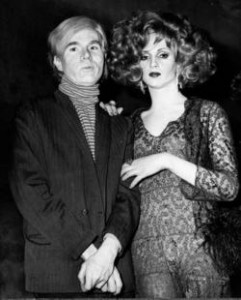To celebrate the 1975 film release of Tommy, a gigantic underground party for 1,000 guests was given at closed-down, cleaned-up New York City subway stop. Bill Murray, an unknown then, managed to sneak in and said the dumbest fucking thing to Andy Warhol.
The party was described by gossip columnist Earl Wilson, who was of such a different era that his title for a time was “Saloon Editor“:
New York, N.Y. — A midnight supper dance in the subway was one of the great evenings of the generation. Though it was a promotion for the film, Tommy, everyone had something to say, such as “Does this party stop at 14th St.?”
“What time do we get mugged?” asked one party guest, Fred Robbins.
“You know what I miss–the graffiti,” declared Milton Goldman the agent because the subway stop’s walls had been washed down scrupulously before the party.
About 900 lo 1,000 people were dancing, eating and drinking after the big opening at the Ziegfeld. “How many tokens is this?” I asked. About $50,000 worth, I was told. The film company paid for the 50 to 100 extra security cops.
“I met one of my husbands in the subway and never went back,” actress Sylvia Miles said.
Ann-Margret and Elton John were of course the ones being protected. They danced together. I tried to cut in. Nobody paid me any mind, Elton John said his real name is Reginald Dwight and he pinched Elton from a musician buddy.
Angela Lansbury paid tribute to the food, said she had joy that was “excruciating,” only regretted that she had to walk through horse manure from the police horses to get from the theater lo the subway station.
They were still at it at 2. “This is like the subway’s 5 o’clock rush hour,” Tommy De Maio said. It was probably true that there were people there who’d never been in a subway and actually wondered what it was like down there.•
From Murray’s new Reddit Ask Me Anything:
Question:
What was the best party you’ve ever crashed?
Bill Murray:
Well, we crashed a famous party called the subway party to celebrate the premiere of Tommy, in the 70s. It was Gilda Radner, Belushi, Harold Ramis, Joe Flaherty, Brian Doyle Murray, and we were all plus 1, probably. It was biggest party ever in NYC at the time. You couldn’t get into this party. It was an inner circle thing. It was at an enclosed subway stop, it was a roar. It was a scream. If you made an airport movie with everyone on the plane is a celebrity, it was like that times 10. We were doing a show in the restaurant cabaret, the guys catering were the same guys who gave us left over french fries, we went into the backdoor to the subway with everyone. Everyone saying hi, hello. And we felt like we didn’t belong at all. It was so fantastic. I have compassion when people say dumb stuff to me. I said to Andy Warhol “I love the soup cans” and he looked at me like “You don’t belong here.” What a time that was.•

